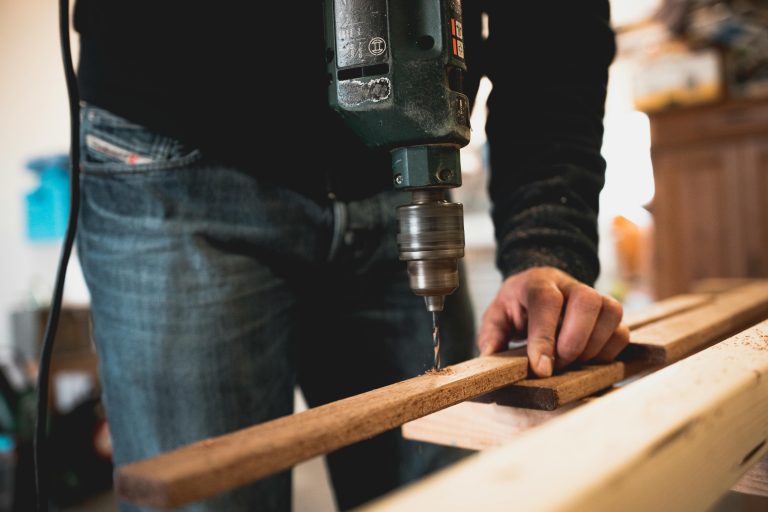Achieving a precise, clean cut is fundamental to quality joinery and woodworking projects. Proper sawing technique not only improves the appearance of your work but also enhances safety. Follow these detailed steps to ensure accurate and safe cuts every time:
1. Choose the Right Saw:
Select the appropriate saw for your material—whether it’s a handsaw, backsaw, or power saw. Make sure the blade is sharp, clean and in good condition. Dull blades cause jagged edges, splintering and require more effort increasing fatigue and risk of mistakes.
2. Measure and Mark Carefully:
Use a pencil, marking knife or chalk to clearly mark your cutting line. Double-check your measurements with a ruler or square to ensure accuracy. A well-marked line is your guide to perfection.
3. Secure the Wood Firmly:
Clamp your workpiece securely onto a workbench or sturdy surface to prevent movement during sawing. Unstable workpieces can lead to crooked cuts and pose safety hazards.
4. Use Proper Technique:
Maintain a steady, controlled motion—let the saw do the work. Avoid pushing or forcing the blade; instead, let its teeth engage smoothly. Keep a consistent rhythm and use long, even strokes for straight cuts. For curved or intricate cuts, gentle and careful motions are best.
5. Keep Fingers Safe:
Always keep your fingers away from the cutting line. Use your other hand or a push stick if necessary, especially near the end of the cut.
6. Use a Guide or Straight Edge:
For straight, precise cuts, clamp a straight edge, level or cutting guide along your marked line to keep your saw aligned. This prevents drifting and results in cleaner edges.
7. Take Your Time:
Patience is key. Rushing increases the chances of slipping, splintering or uneven cuts. Controlled, deliberate sawing produces the best results.
8. Finishing Touches:
After sawing, smooth any rough or splintered edges using sandpaper or a file. This not only improves appearance but also ensures safety when handling the finished piece.
Final Note:
Good sawing is about practice, patience and precision. By refining your technique and following these tips, you’ll produce cleaner cuts, improve your project quality and enjoy safer, more confident woodworking sessions.




